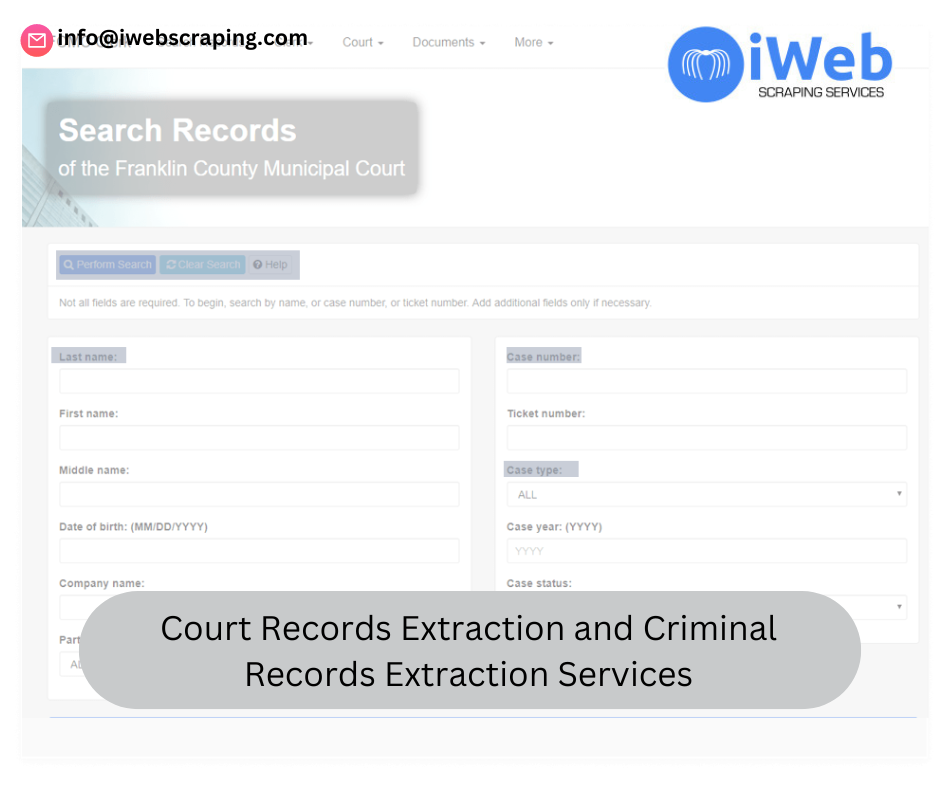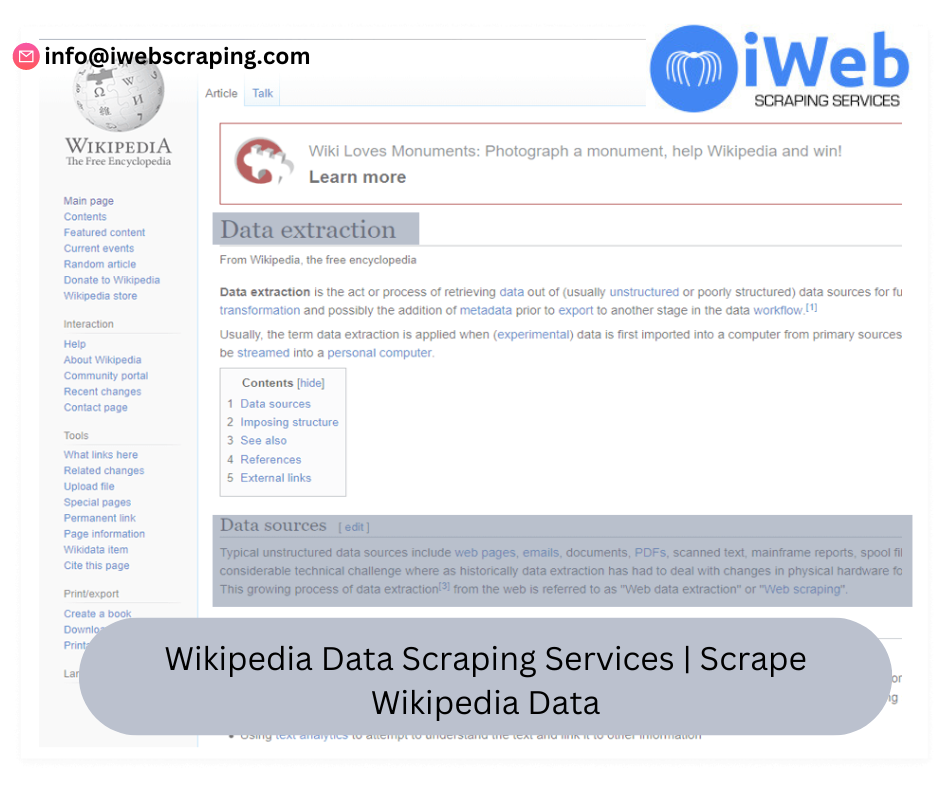
In an era where technology is revolutionizing access to information, one area that stands to benefit significantly is the affordable housing sector. Specifically, Section 8 housing, a crucial component of the United States Department of Housing and Urban Development (HUD) rental assistance programs, can harness data scraping techniques to make housing more accessible to eligible low-income families. In this blog, we’ll explore the significance of scraping Section 8 housing listings, its potential benefits, and the ethical considerations involved.
What is Section 8 Housing?
Section 8, also known as the Housing Choice Voucher Program, is designed to help very low-income families, the elderly, and the disabled afford decent, safe, and sanitary housing in the private market. Through this program, HUD provides subsidies to landlords who rent to eligible tenants, enabling these tenants to pay a reduced rent based on their income. The program's efficacy largely depends on the accessibility and availability of housing information to potential tenants.
The Need for Scraping Section 8 Listings
Centralized Information Repository: Section 8 housing listings are often scattered across multiple platforms, including government websites, private landlord websites, and real estate portals. Scraping can centralize this information, making it easier for applicants to find and compare different housing options.
Timely Updates: Housing availability can change rapidly, with new listings appearing and old ones disappearing frequently. Automated scraping tools can provide real-time updates to users, ensuring they don’t miss out on any opportunities.
Customized Search Options: Scraping can enable users to filter housing options based on specific criteria such as location, size, and amenities, tailored to their needs and preferences.
How Does Section 8 Housing Scraping Work?
Data Collection: Web scraping tools systematically browse through various websites to collect data on available Section 8 housing. This includes details like location, size, rent, and contact information.
Data Processing: Once collected, the data is cleaned and organized into a structured format. This step is crucial as it ensures the accuracy and reliability of the information provided to users.
Integration with User Interface: The processed data is then integrated into a user-friendly platform where potential tenants can easily search and filter through the listings.
Benefits of Section 8 Housing Listings Scraping
Increased Accessibility: By aggregating listings from multiple sources, scraping tools make it easier for low-income families to access a wide range of housing options without visiting numerous websites.
Efficiency: Users can quickly compare different listings and make informed decisions without spending hours sifting through outdated or irrelevant information.
Cost-Effectiveness: For organizations that assist individuals in finding Section 8 housing, scraping reduces the manual effort and costs associated with searching for and compiling housing data.
Ethical and Legal Considerations
While the benefits of scraping Section 8 housing listings are evident, it’s crucial to consider the ethical and legal implications of this technology.
Compliance with Terms of Service: Many websites have terms of service that prohibit data scraping. It’s essential to respect these terms and seek permission when necessary.
Privacy Concerns: Scraping should be conducted in a way that respects the privacy of landlords and tenants. Personal information should be handled with care and used only for its intended purpose.
Data Accuracy and Verification: Ensuring the accuracy of the scraped data is paramount. Users rely on this information to make critical housing decisions, so it's crucial to provide verified and up-to-date information.
Conclusion
Scraping Section 8 housing listings offers a powerful tool to enhance the accessibility and efficiency of the affordable housing market. By centralizing and streamlining housing information, scraping tools can play a significant role in helping low-income families find suitable homes. However, it's important to navigate the ethical and legal landscape carefully to ensure that this technology benefits all stakeholders involved. As we continue to innovate in this space, the ultimate goal remains clear: to provide fair and equal housing opportunities for all.

















.png)
.png)
.jpg)
Write a comment ...